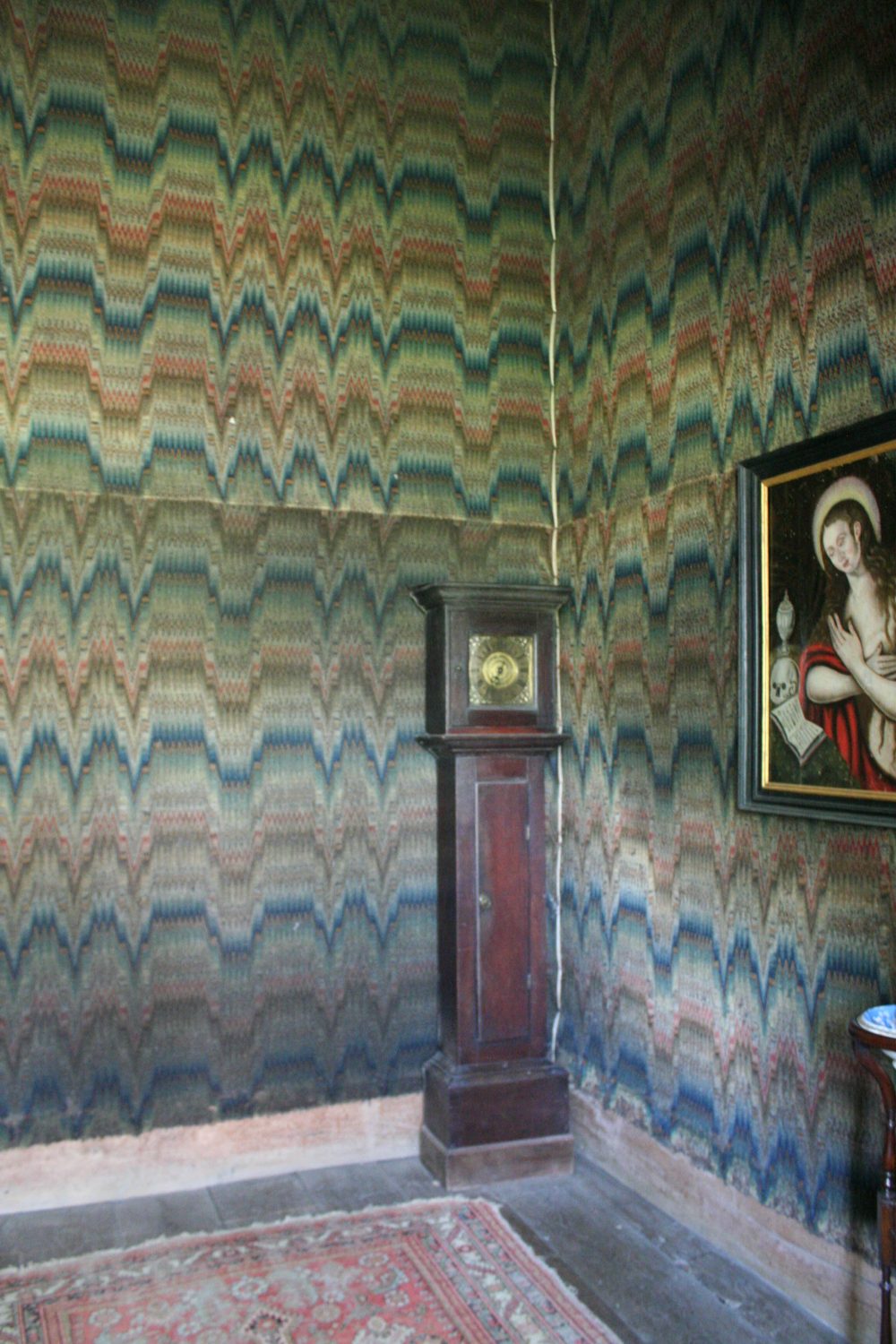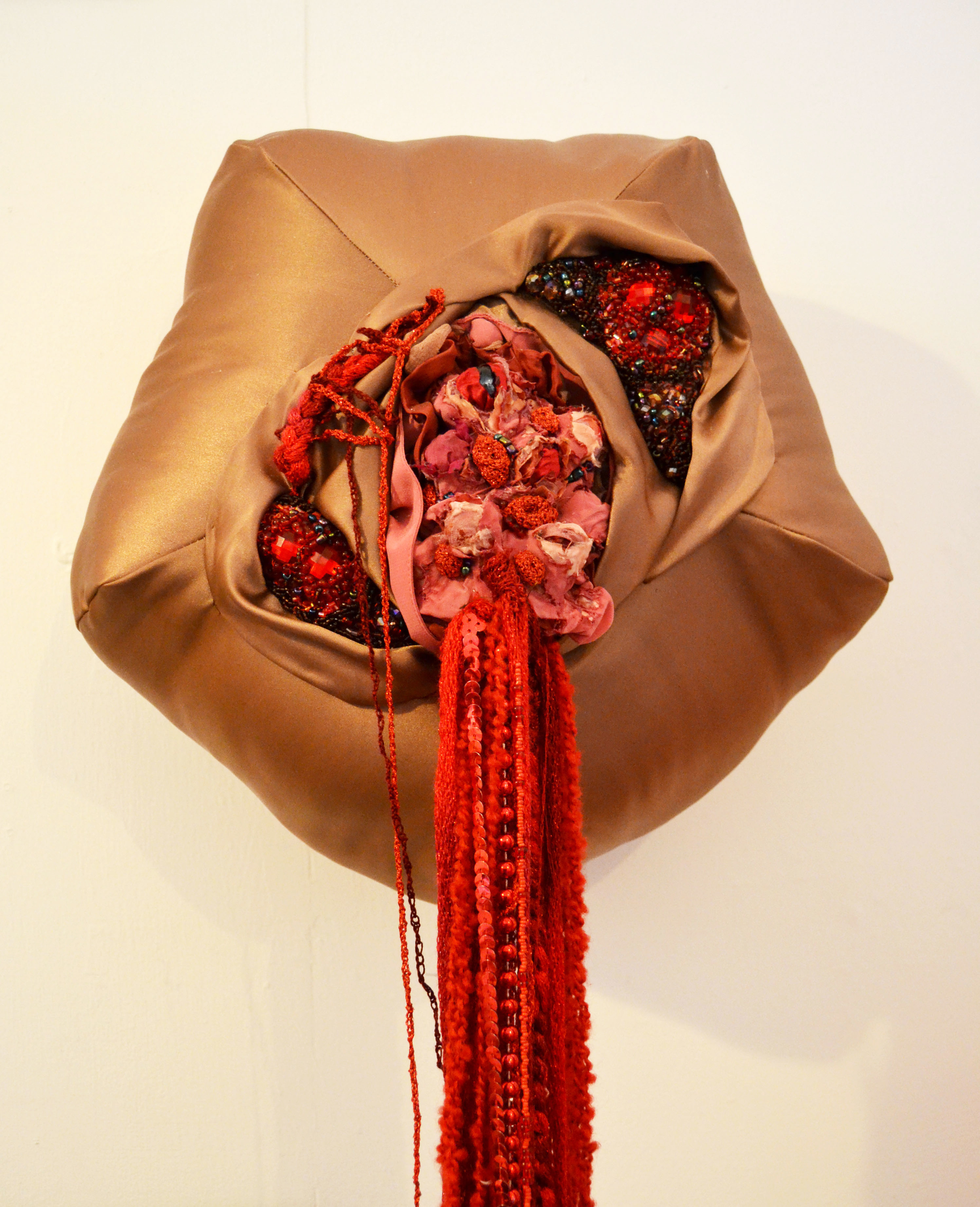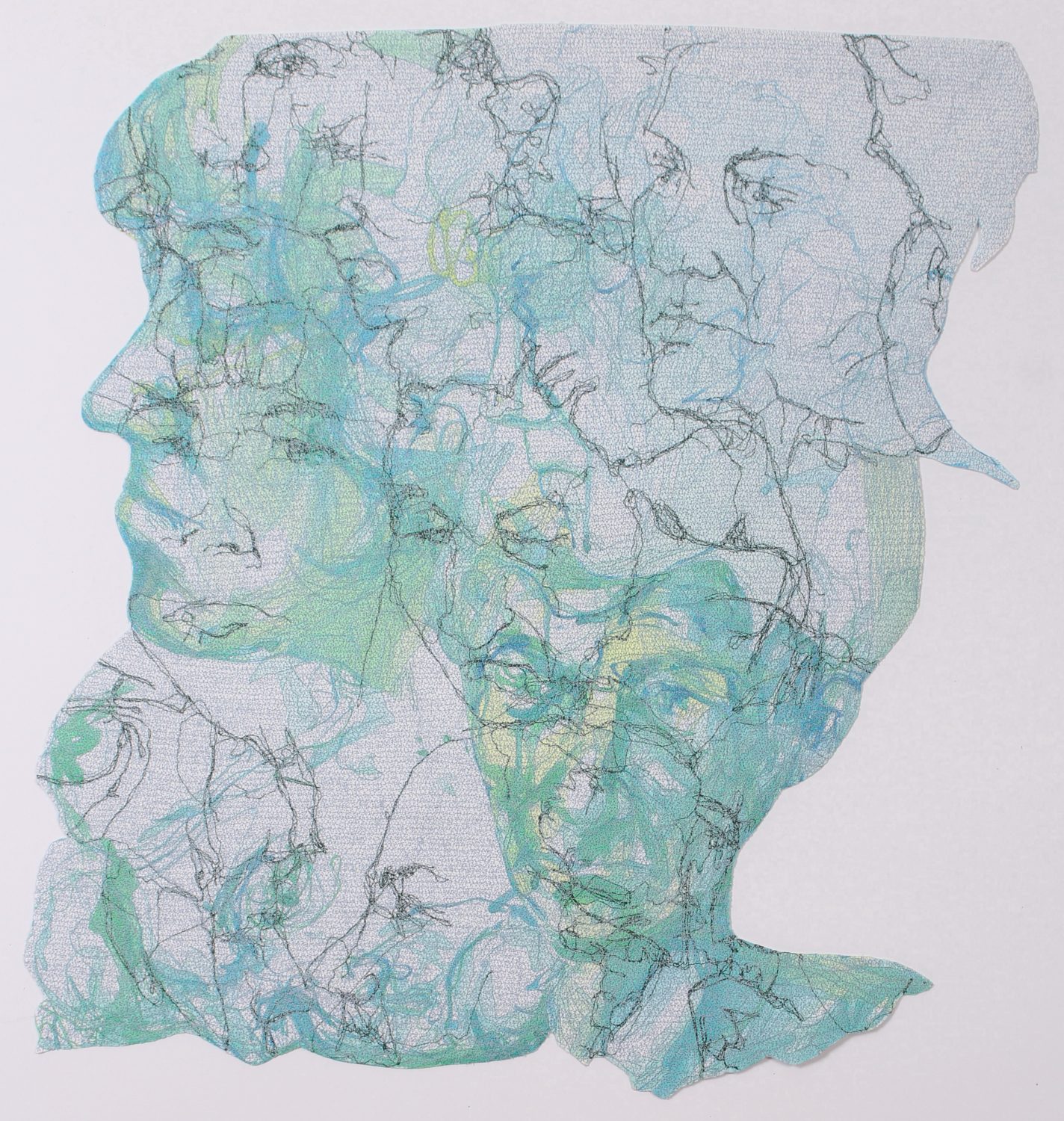
Welcome to Pinning The Past, where we explore textile techniques and traditions and connect with the rich history of embroidery.
I first saw this house as a teenager. It was closed up, somewhat ruinous with overgrown gardens and unbearably romantic. The National Trust had just acquired it – and spent six years making it suitable to open to visitors – and it took me another 20 years or so to actually get there myself. It was worth the wait. Chastleton House, completed in 1612, is a real treat for the historical textile enthusiast.
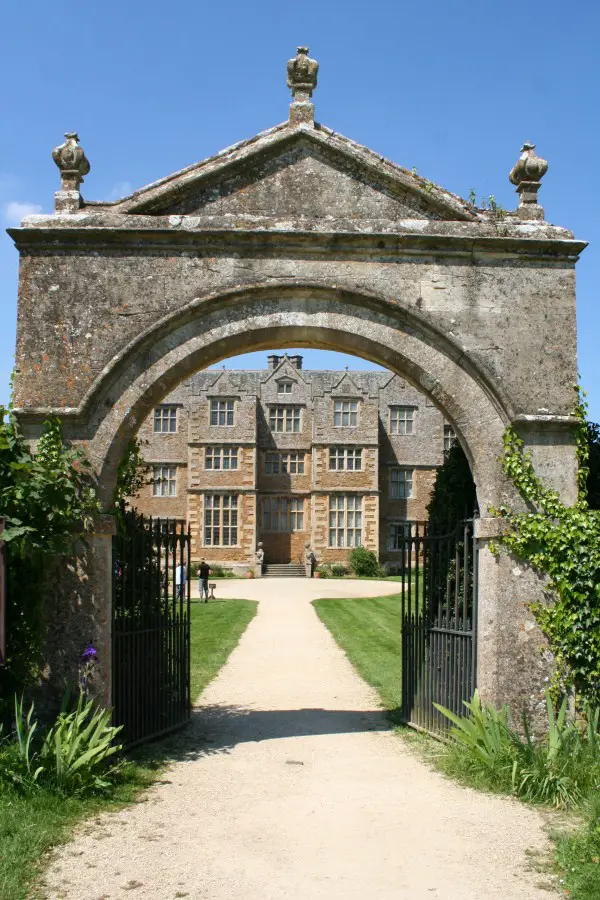
There are bed hangings, curtains, tapestries, embroidered seat covers, aprons and good enough light to see and photograph them.
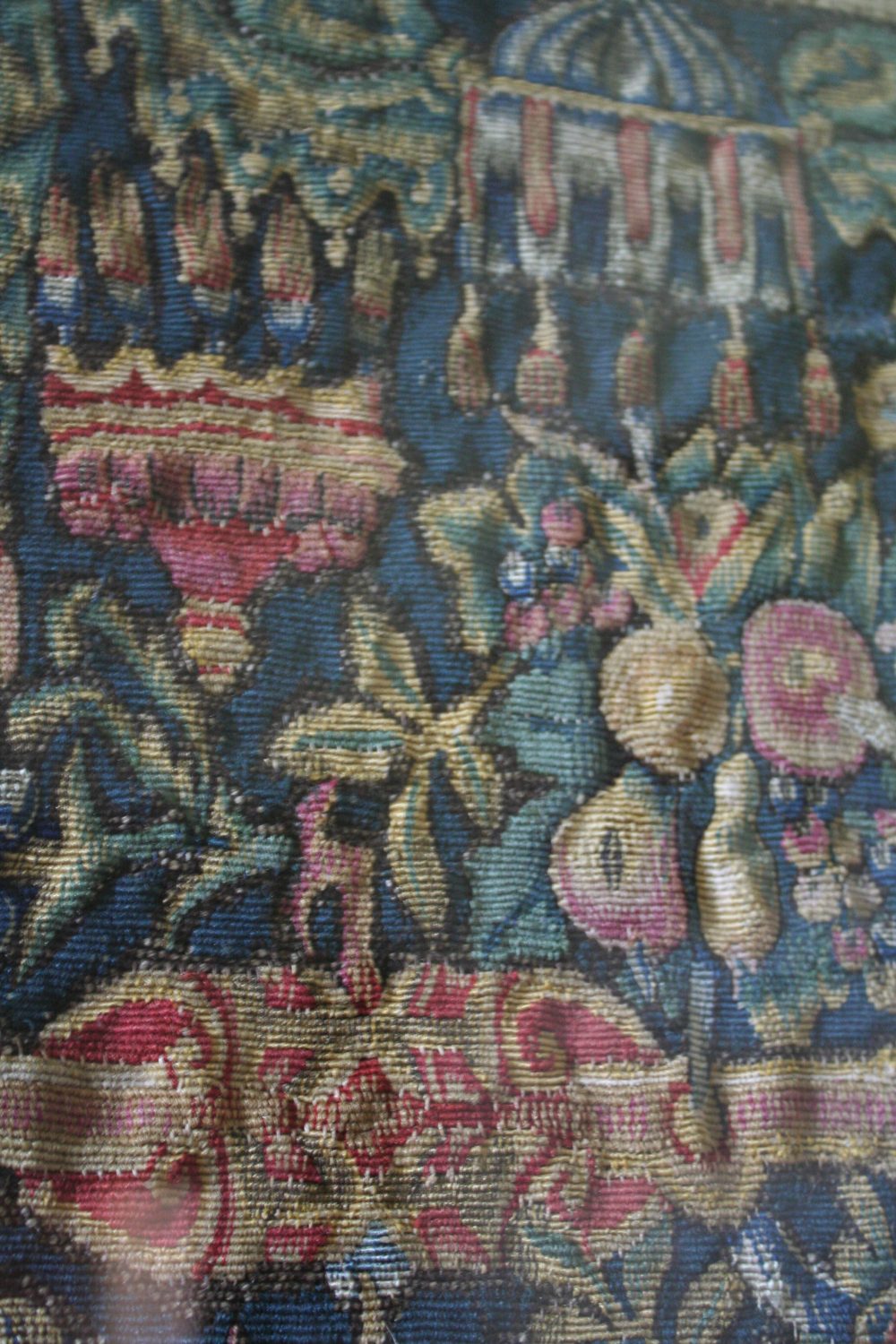
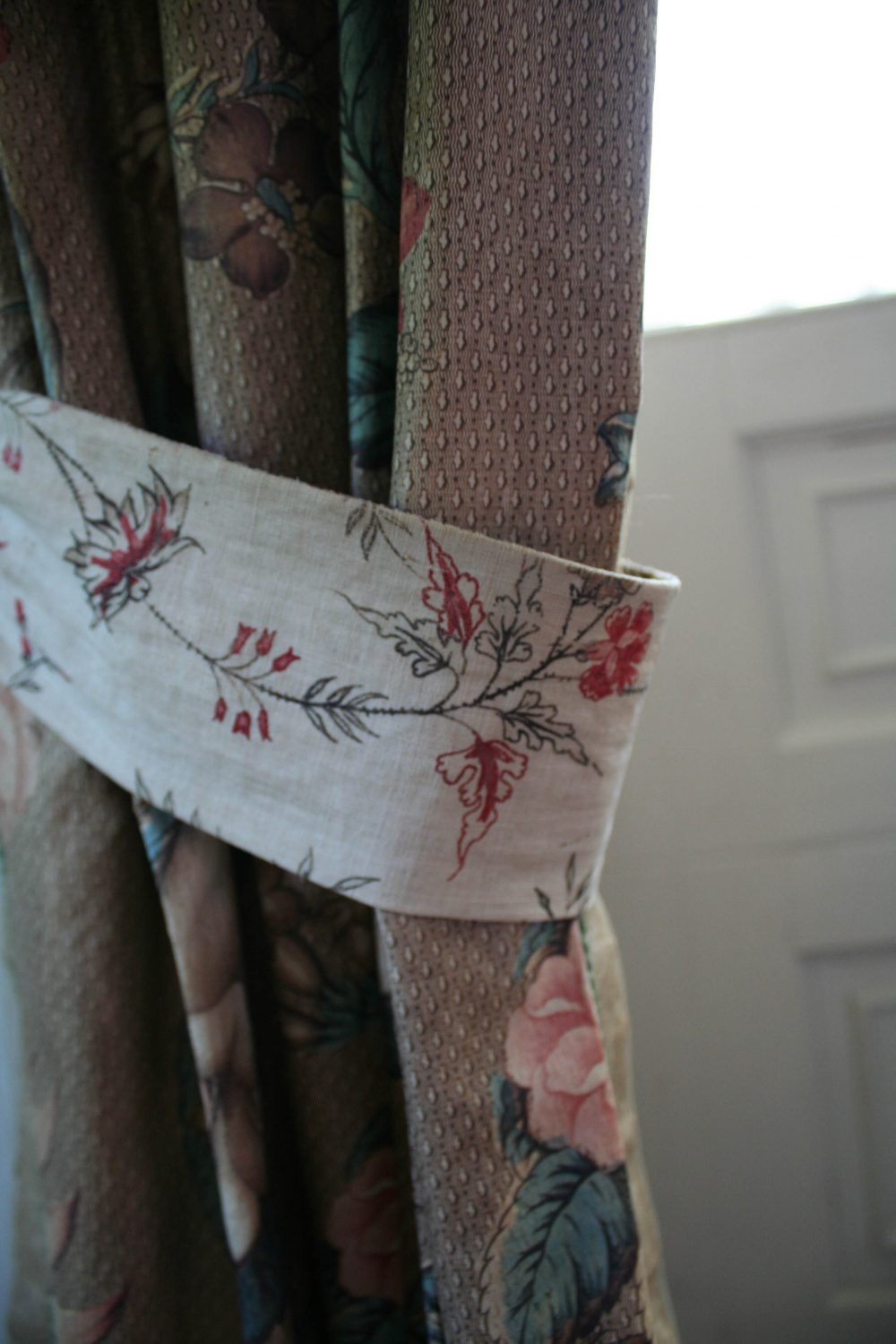
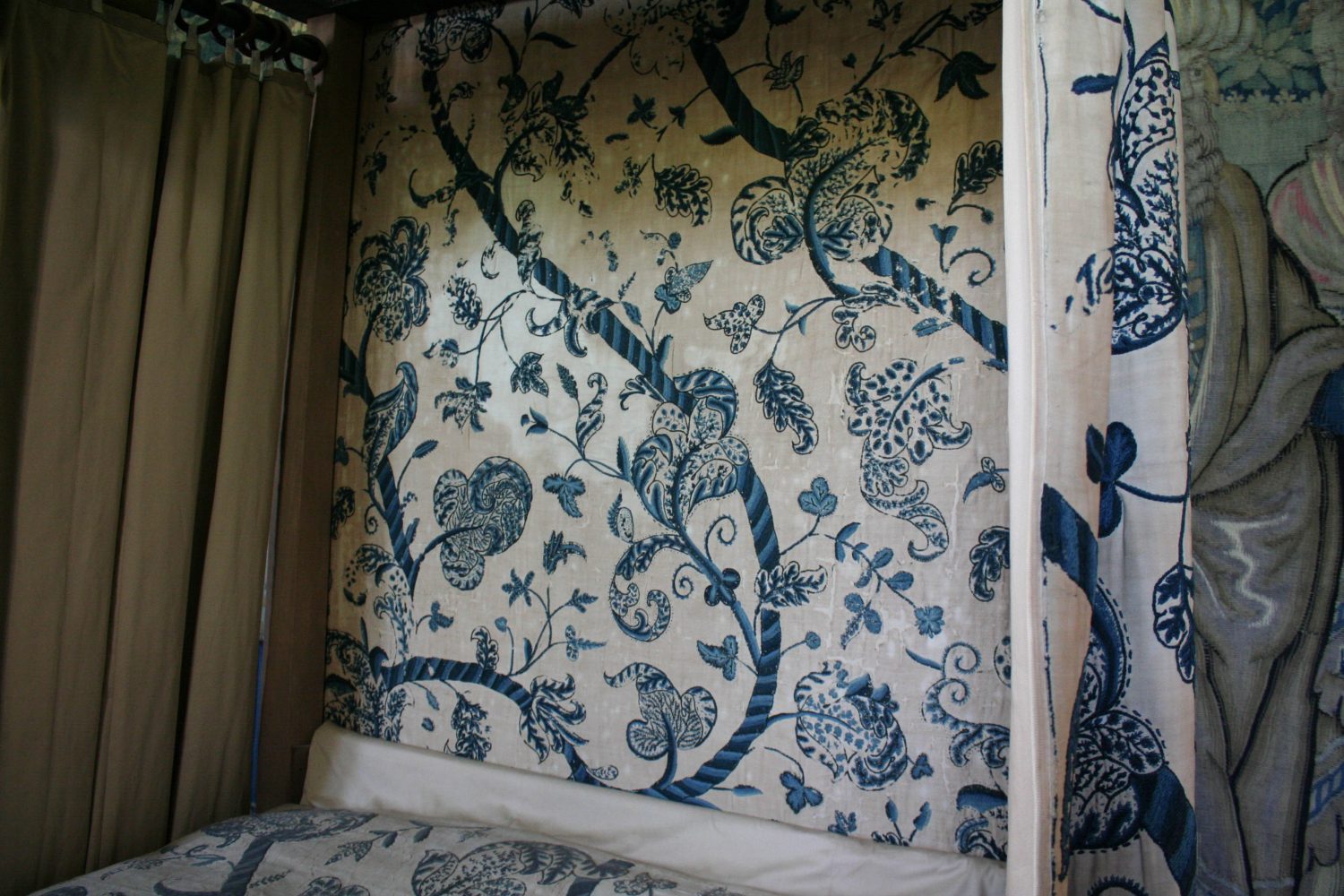
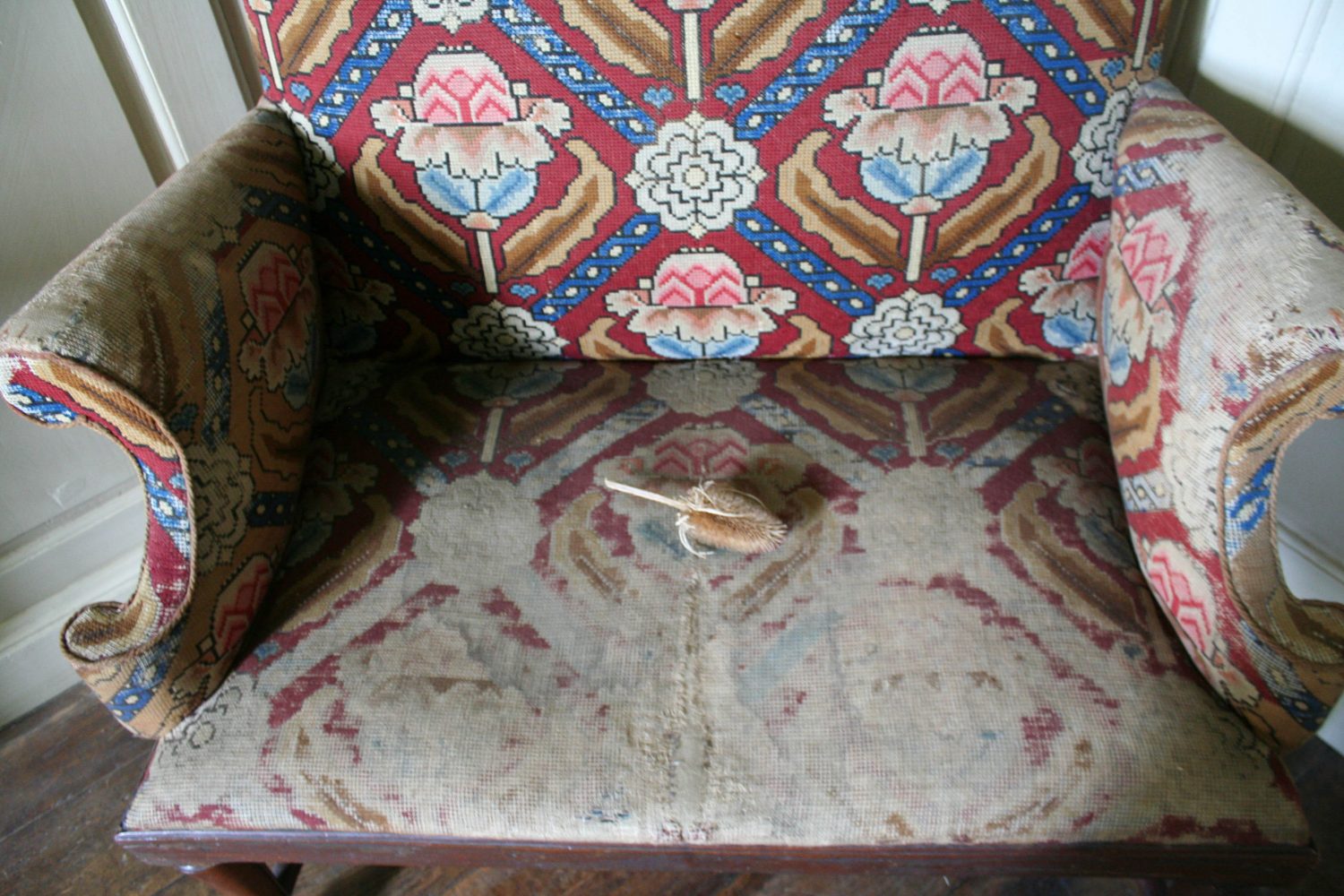
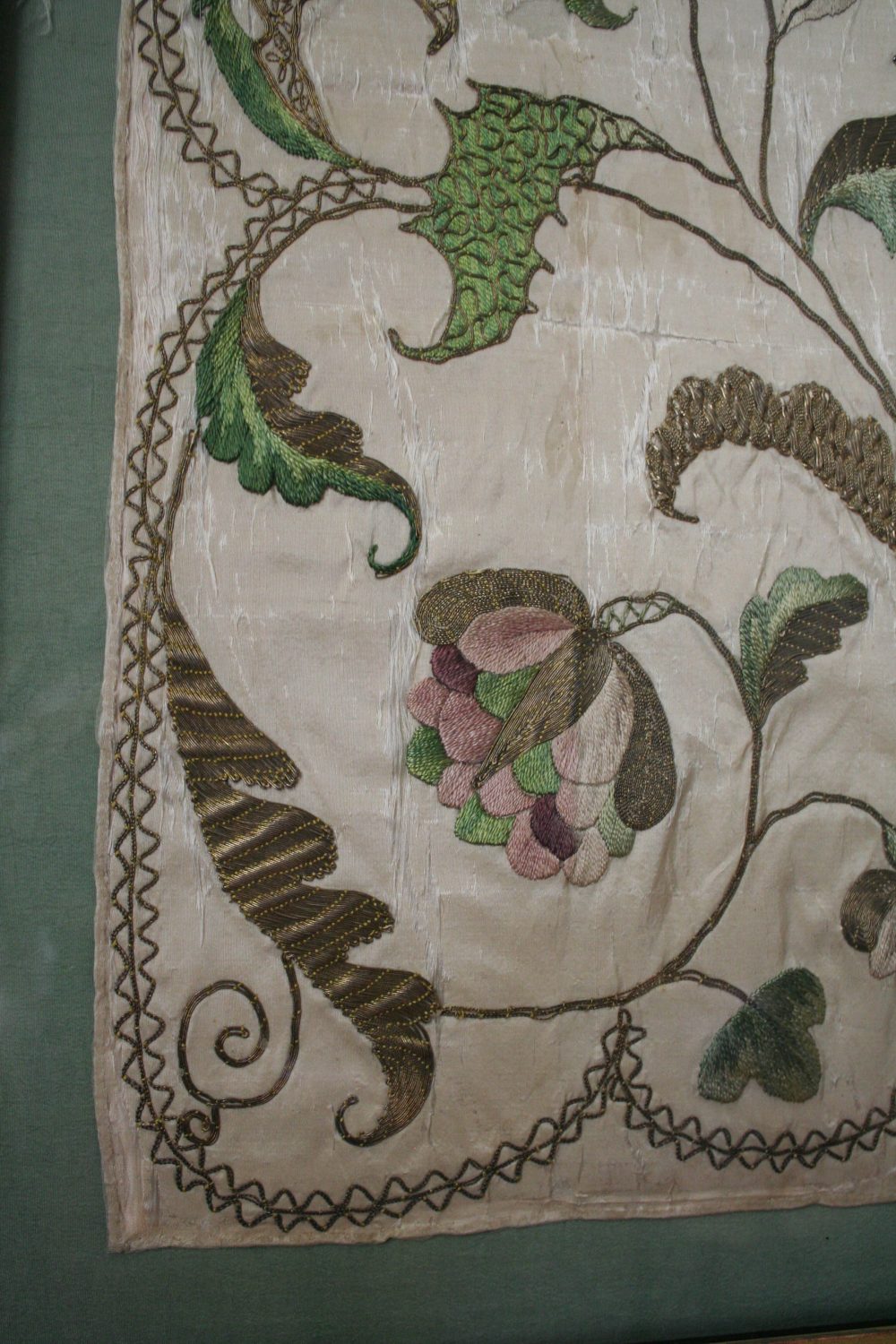
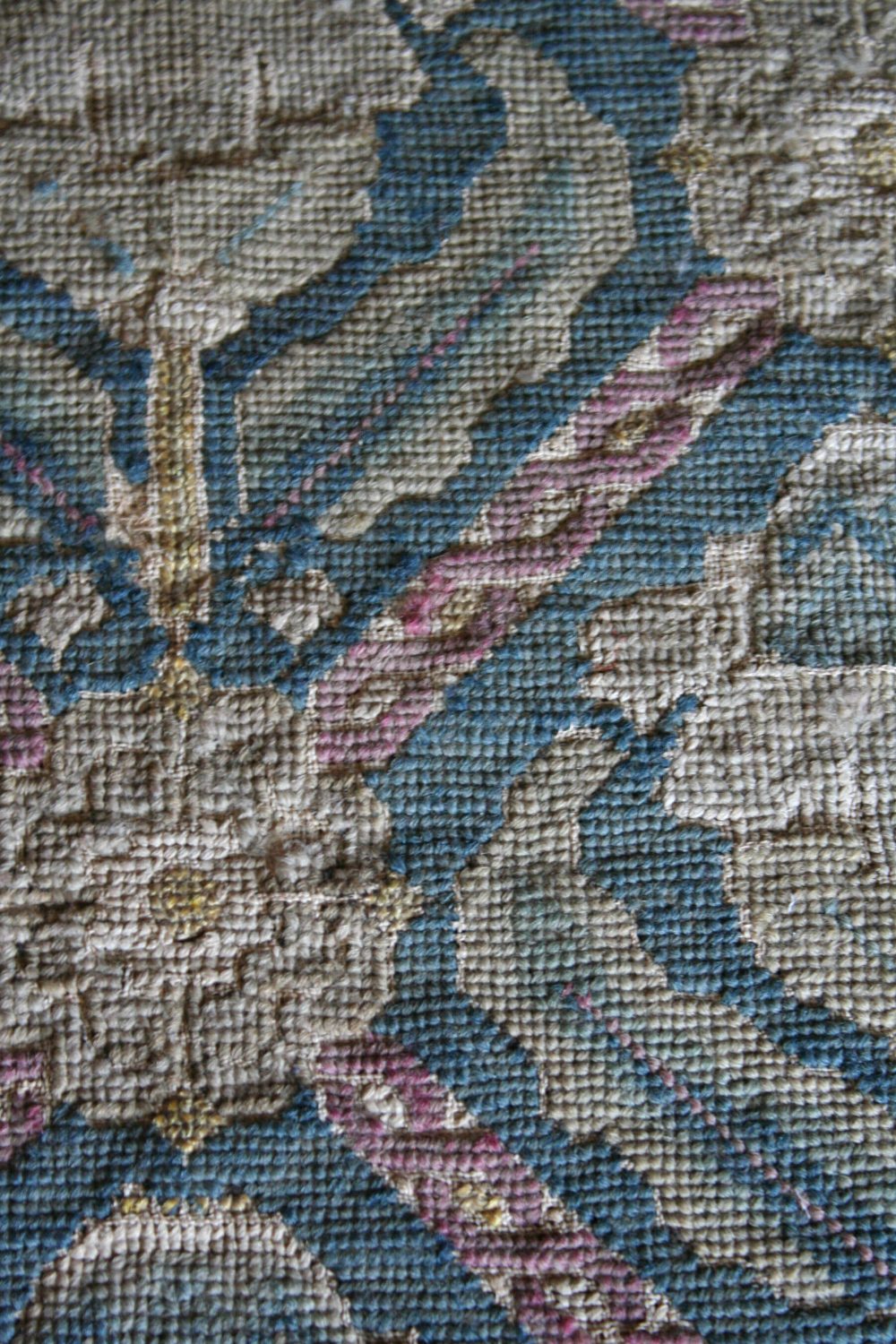
One of the finest textile treasures is the in-situ 17th century woven wool wall hanging or dornix, which are listed in the 1633 inventory for the house.
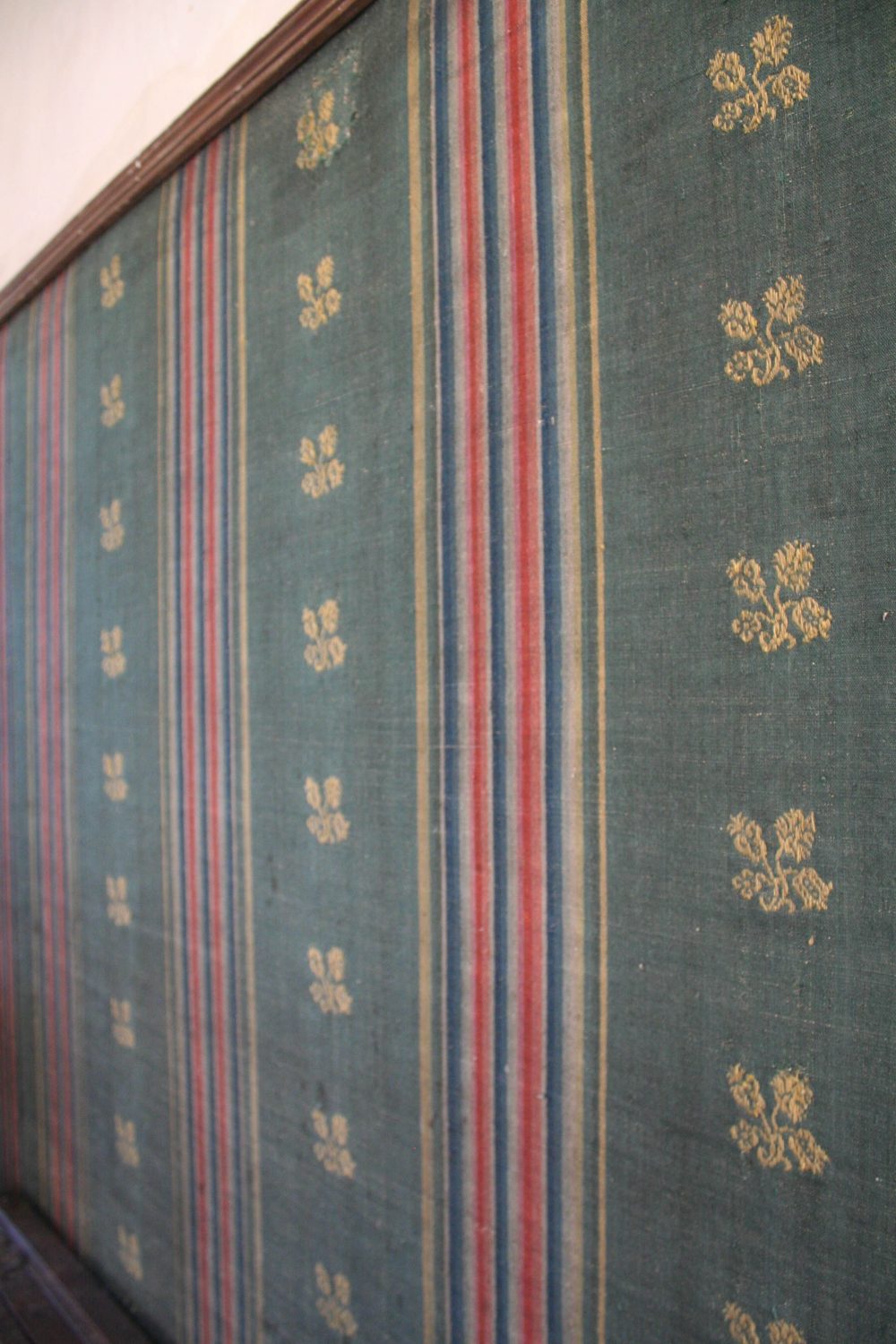
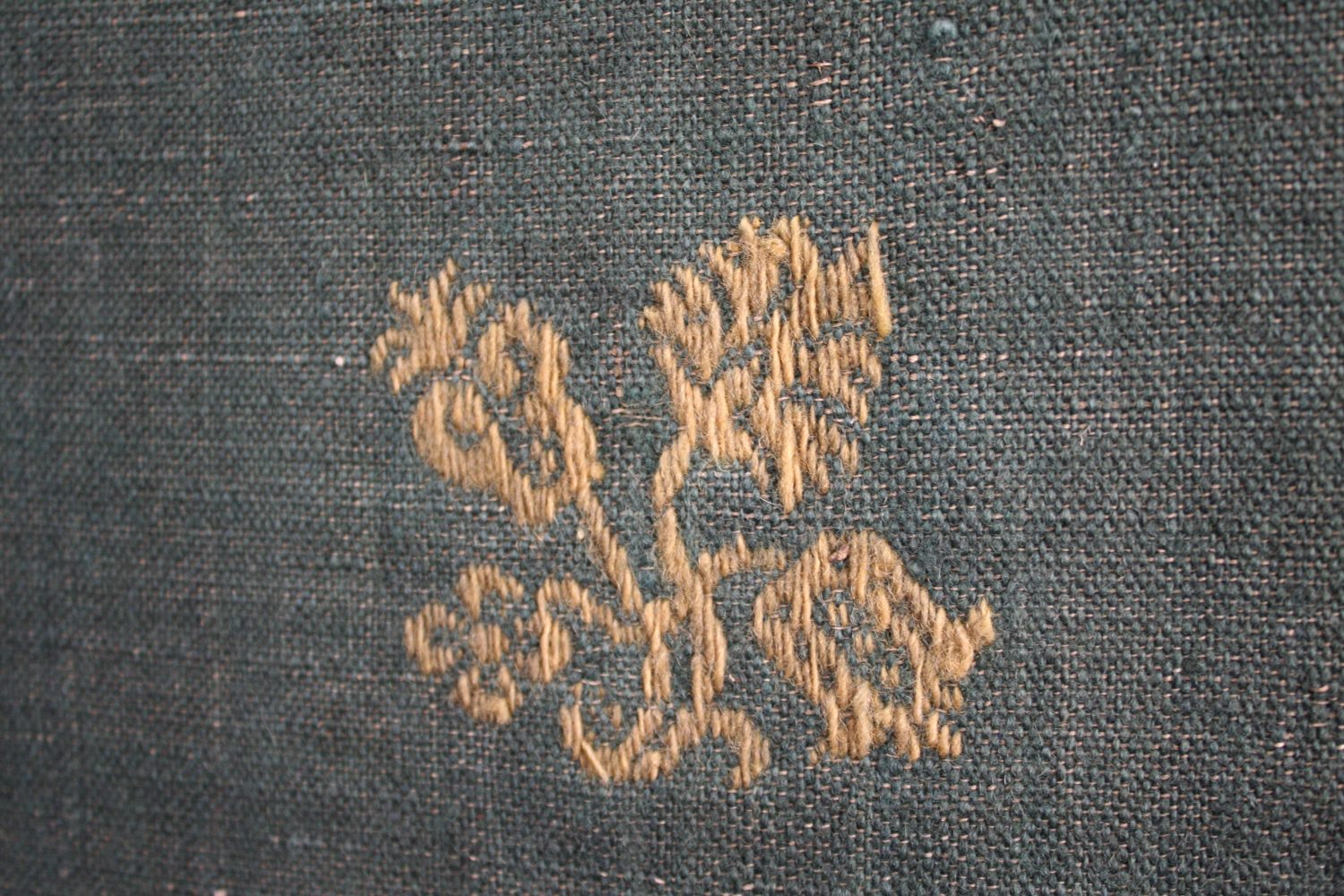
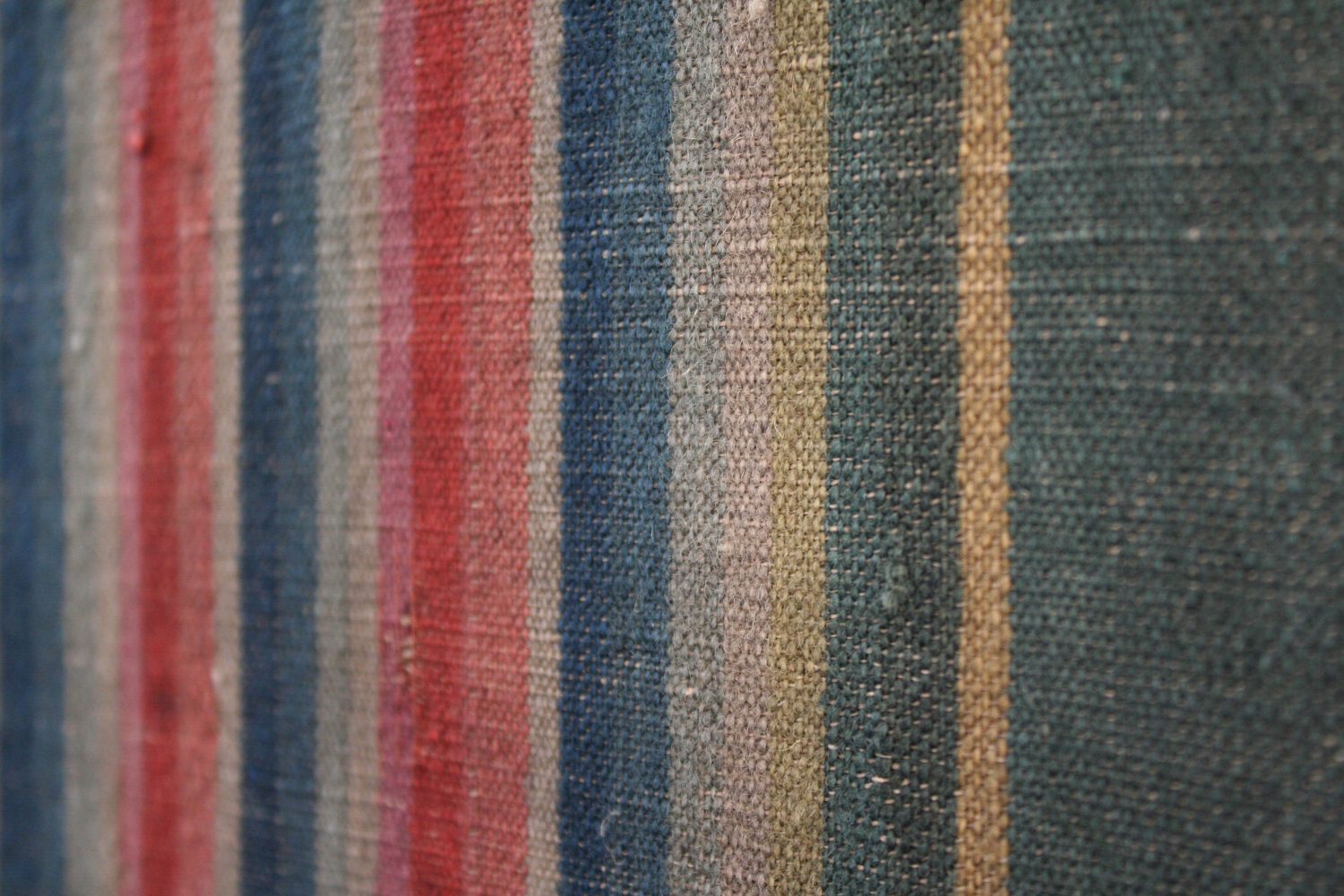
By far the most astonishing feature of the house is the small chamber with walls entirely covered in embroidered hangings. It is quite amazing. There are a few photos here and a useful short history of flame stitch embroidery here which starts with a nice photo of the Chastleton hangings. I spent quite a while in this lovely, tiny room, enjoying being surrounded by stitch. I’ve seen a lot of historical textile in my life, and this blew my mind. I can’t recommend it enough!
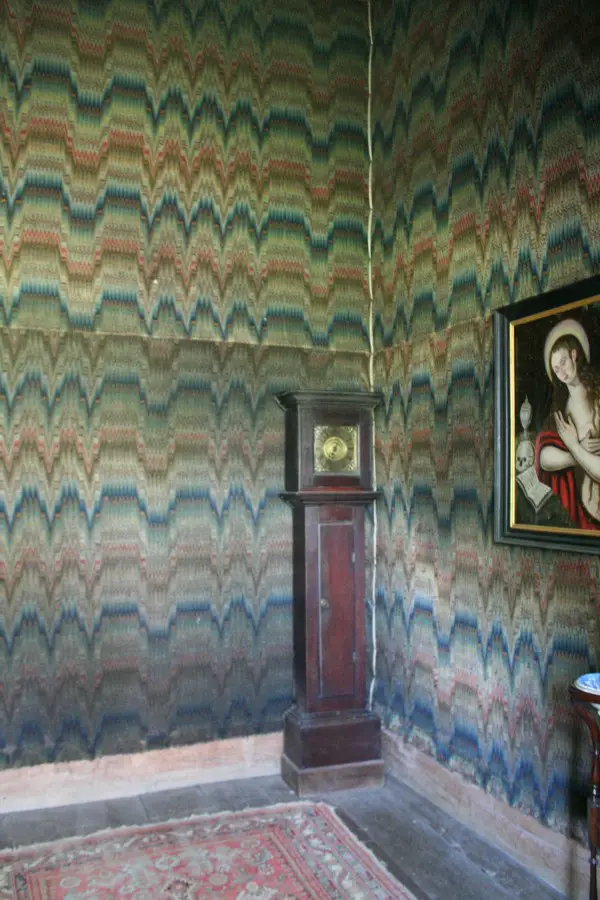
Chastleton House has been used as a filming location for the new adaptation of Wolf Hall, which is intriguing as it wasn’t built until 100+ years after the book is set. I’ll be surprised if any of these lovely textiles appear, but it is bound to make Chastleton busier, so get there in the Spring before the BBC production airs! Chastleton re-opens on 4th March 2015.

